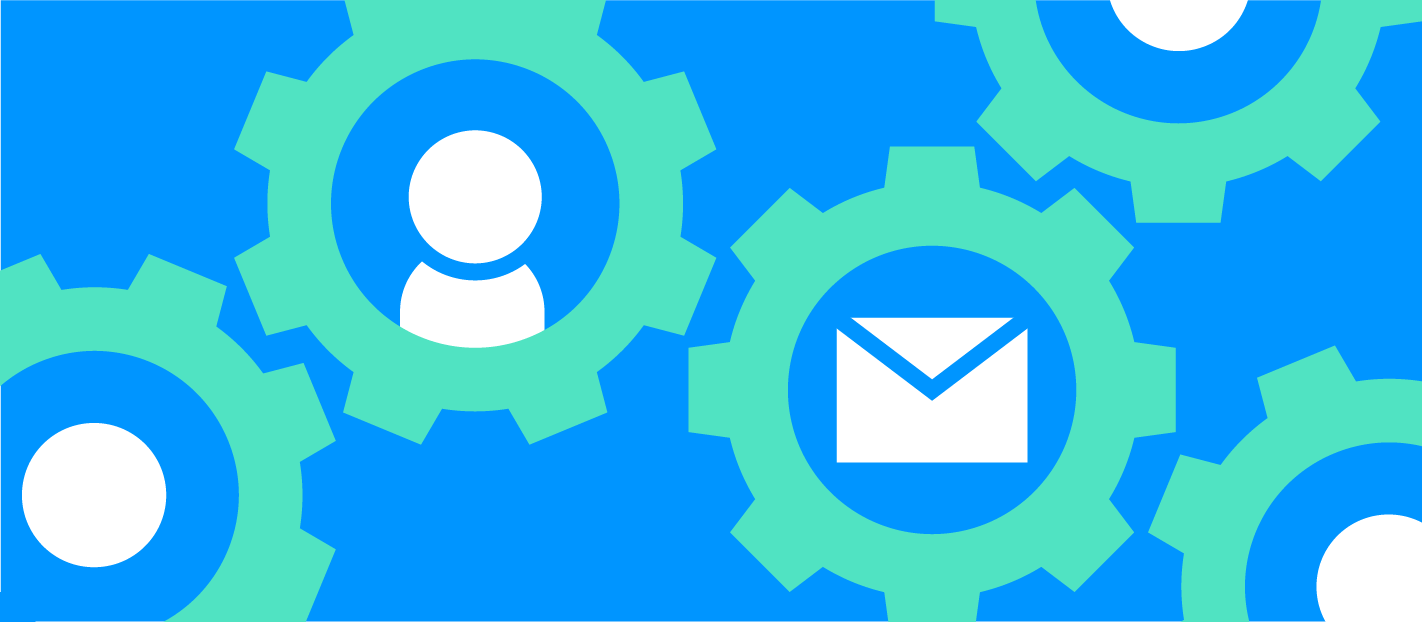
Every successful, bootstrapped SaaS company started out as a neophyte startup with zero customers.
Back then, you might have practically paid customers to use your product. Free plans, boosted limits, discount coupons, “mate’s rates”… anything to get those crucial first customers through the door.
Fast forward a few years down the line, and you’re happily welcoming customers on ‘proper’ pricing plans to scale your business growth.
But, those early stage customers are still there. And still on those mate’s rate deals. What do you do about them? Should you even do anything about them?
Join me as we try to answer those questions, and take a deep dive into our recent experience in migrating legacy pricing plans.

15 years of legacy
As a 15 year old SaaS ‘startup’, we’ve learnt a thing or two about legacy pricing plans.
We held a database worth of customers benefiting from full access to the most powerful features of our Suite plan, but paying close to nothing for it.
Years of ‘we should really get around to fixing this‘ eventually fell to yours-truly this month.
It’s an unenviable task, but there are better and worse ways of doing it (anyone who has spent any time in the SaaS world will probably know a few of the latter..!).
So, I set about my task. Determined to make the process as enjoyable painless as possible.
Why should you migrate legacy customers?
For starters, should you even bother with migrating old pricing plans? Some argue for ‘grandfathering’ your early-stage customers. This means allowing them to remain on the same pricing plan they initially signed up for, and only applying standard pricing to new customers.
Grandfathering has one big ‘advantage’ – it avoids having those awkward conversations! There are however, certain disadvantages:

Missed opportunities for expansion.
“Customers will not pay literally a penny more than the true value of the product.” – Ron Johnson.
If customers receive great value from your product, they will be willing to pay the going-rate. In a ‘circle of life’ kind of way, this then comes back to give more value to the customer later down the line.
After all, expanding customer accounts provides more funding to invest back into the business. This could mean investment in more Engineering and CS resources. Down the line, your customers will benefit from richer feature updates and better Support. Win win! 🥳
Pressure on Support Teams.
Legacy customers can often use your product’s most complex features. This means they are the most likely to take up significant time from your Support team. But if they are paying peanuts for their plan, their account could easily end up running at a loss. At the end of the day, no one benefits if your business isn’t around next year as a result…!
Diminishes product value.
Offering your most powerful functionality at bargain-basement pricing does come with its own ‘cost’. Reducing the value of your product will affect the ability to scale your business in the future, and makes it harder to justify appropriate pricing levels for new customers.
Grandfathered accounts are more likely to churn.
This seems counterintuitive, but think about it. If legacy clients are not properly engaged with your platform, they’re not getting great value from it. So why are they still paying you?
When it comes down to it, it’s probably just because you’re cheap. That’s not a mission most people want to sign up to.
Instead of keeping these clients on grandfathered versions of your full platform, migrate them to reduced functionality. Fewer features used properly, gives clients far more value than all your features used minimally.

How do you do it?
Understanding the importance of moving early-stage customers onto standard pricing plans is one thing. But the key is in the execution.
Like I said earlier, we’ve all seen it done badly. You sign up for the beta version of a platform; paying a minimal rate for years. Then out of the blue you receive your monthly invoice for 5x the price, with a hurried note on the back of the invoice, and some corporate spiel.
But how do you do it well? Or at least, how do you do it not terribly..?
1. Setting the scene
Looking through the GoSquared customer data, I found we had a long list of expired early-stage clients. These customers were using our full-functionality Suite platform, but still on highly discounted rates.
My task was to switch these customers onto our standard pricing plan, and do my best to avoid frustrating our oldest customers in the process.
Here’s how I broke down my plan of action.
2. Preparation: give yourself time
When I was first building a strategy for this back in June, I scheduled the date of our migration for the 1st of September. That gave me plenty of time to compile all the data I needed about the clients in question.
I knew that if I just flung these clients a pre-scripted notification and standard invoice, it would lead to a flurry of cancellations. Instead, I took the time to look into each account and assess how they were using GoSquared.
This meant that I could segment the users, and personalise each segment’s communication messages. I could therefore explain exactly what price the user could expect to pay, according to which features or limits they currently had on their account.
For any users who were using limited features of our Suite account, I was able to prepare suggestions for Analytics or Live Chat only plans, which might better suit them.
3. Communication: be clear, open and honest
No one likes feeling they’ve been hoodwinked. You can’t just dash off a new invoice, send it to the customer and hope they won’t notice. They will. The key is to be upfront about the impending changes far in advance.
Again, because I had plenty of breathing space until my scheduled deadline, I was able to send out a series of emails over July and August to inform clients of the upcoming changes.
Thanks to this, I was able to address and diffuse any difficult conversations which arose from the notification, long before the scheduled date.
It’s no good trying to diffuse a frustrated customer, or work out a better deal for them, if you’ve already sent out their new invoice!

4. Work with the customer
This might sound a bit vague, but bear with me. Another frustration I think many customers feel when they are told about changes to their plan, is the sense that they have become ‘just another number’.
Remember, these are still your earliest customers. The ones who have been with you from day one. Remember the excitement you felt when you signed those first deals with them; going to their offices to greet the team and get them setup. They are still the same clients.
Again, that doesn’t necessarily mean they should get excessively preferential treatment at the expense of your business. If a customer stays with you just because you’re cheap, it doesn’t mean they’re a loyal customer. It just means you’re cheap.
But it does mean you should be willing to work with your customers on this.
For clients who were hesitant about the changes, I was happy to discuss how we could help. Offering free training sessions became a great go-to suggestion.
Training sessions allowed me to offer some value in return. Whether it was to show experienced users the latest updates, refresh memories about forgotten features, or train new staff members – this provided a source of value to help justify the price change.
5. Offer alternative plans
I know I’ve just told you that avoiding ‘grandfathering’ customers is crucial to your business growth. So why am I about to discuss offering downgrades? Hear me out.
The biggest problem with legacy plans, is that clients often have access to your products’ most complex and powerful features at minimal cost. ****This causes the previously mentioned issues with diminishing product value and draining Support resources.
If, however, you can offer a downgrade to more basic area of the platform, you can end up offering a solution which is more appropriate to your customers’ needs. This means they are less likely to churn later down the line, and will also be less of a drain on your Support resources or product value.
During the migration, I worked with hesitant customers on our legacy Suite plans to understand where they found most value in GoSquared. For those who cared most about our Analytics dashboards, I offered our Analytics only plans. For those who loved our Live Chat feature, I offered Live Chat only.
It might have resulted in a short-term reduction in some of the pricing switches, but in the long-term I believe it will lead to increased revenue. Whether that’s from higher Customer Lifetime Value, reduced churn levels, or potential referrals from satisfied customers (never under-estimate the revenue value of a happy customer!).

The Heart of the Matter
At the end of my migration process, I was able to upgrade the majority of our legacy clients onto the standard pricing for our Suite plan. Smaller sections of the list chose to downgrade to lower plans, or to reduced limits. I also booked training sessions, and even saw a 9/10 NPS survey from a newly migrated client.
And… despite my trepidations at the start, only a handful of clients chose to cancel their subscriptions.
But, you know the biggest lesson I took from this process? The key difference between a successful or non-successful migration of expired plans is less about the change in price. The unspoken, North Star here, is how much value clients believe they are receiving from your product.
If you know deep down that your legacy accounts are receiving minimal value from your product, and are only really sticking around because you’re cheap, then they will churn.
If however, they are properly set up on your platform and fully enjoying its benefits, then they will be willing to pay the correct price of it. Seth Godin summarises it well:
“Perhaps the reason price is all your customers care about is because you haven’t given them anything else to care about.”
It can take a fair amount of hard work and patience, but if you can ensure that your legacy clients are well aware of the upcoming changes, and properly set up for success on your platform, then you have done all you can for a successful plan migration.
Have you ever tried migrating legacy customers onto standard pricing? Or are you thinking of doing so? Find out how you can use the GoSquared platform to engage with your clients: from finding legacy customers, messaging them at the perfect moment, and finalising the upgrade. Book a call with the team to see how GoSquared can help! 🙌
Chris


